TOP 10 – Bruce Lee’s acting and martial arts career were peerless, a testament to his talent and dedication. However, replicating such success in today’s film industry is a tall order. During the 1970s, Lee was a titan in Hollywood, effectively lighting the way for martial arts cinema. But his meteoric rise might not be as easily achieved in the current era. The evolution of action movies, fight scenes, and technology present formidable challenges for anyone attempting to emulate Lee’s career. Regardless of their martial arts prowess, the zenith that Lee reached may remain unattainable.
Bruce Lee starred in numerous supporting roles in the U.S., notably in The Green Hornet, but his fame skyrocketed when he took the lead in five seminal Hong Kong martial arts features. His illustrious filmography includes The Big Boss, Fist of Fury, The Way of the Dragon, Enter the Dragon, and Game of Death. Despite his untimely demise at the apex of his career, Lee continues to loom large as an iconic actor and martial artist. Regrettably, as inspiring as Lee has been for countless martial artists, his achievements seem almost impossible to replicate in today’s context.
This piece draws inspiration from the HBO Max series Warrior, the brainchild of Bruce Lee himself. The series, embodying Lee’s vision and principles, not only attests to his enduring influence but also underscores the immense challenge modern artists would face in trying to mirror his extraordinary career.
-
Greater emphasis on realistic fight choreography
The pendulum of fight choreography in films today has swung towards realistic combat, thanks largely to the rise of mixed martial arts (MMA) and viewers’ increased sophistication with diverse fighting styles. This realism often eclipses the stylized martial arts that Lee championed, reducing the likelihood of an actor establishing a similar niche for themselves.
-
Diminished traditional martial arts training among contemporary actors
Bruce Lee was more than just a remarkable actor; he was a committed martial artist with extensive knowledge of various fighting disciplines. His zeal and dedication to training were key elements of his screen charisma and performances. In contrast, modern actors tend to train only for the duration of a film shoot and may not share the same level of commitment or proficiency. This dearth of consistent martial arts training could impede a contemporary actor’s attempts to convey the authenticity that Lee brought to his roles.
-
The Western martial arts frenzy has abated
Lee’s career soared mainly because of the enormous fascination with martial arts in the United States during his time. Despite the genre originating in China in 1928, it only gained mainstream traction in the West in the 1970s, and when it did, it was an unprecedented sensation. Bruce Lee’s early Hollywood roles in the 1970s bear testimony to this phenomenon. However, the martial arts frenzy began to fade around the 1990s. Today, martial arts films occupy a much smaller market segment and are more often considered niche productions rather than potential commercial blockbusters.
-
CGI and visual effects rule fight scenes
A key divergence between the 1970s and the present day is the complete metamorphosis of fight scenes. In the 1970s, Lee’s martial arts flair facilitated a novel type of fight sequence that was innovative and exhilarating. The combat was palpably real. Today, fight scenes predominantly rely on CGI and visual effects. To dazzle audiences, contemporary films employ a multitude of special effects that can make their actors appear formidable without rigorous training. Even those who do train extensively for their roles are often grappling with CGI. Consequently, the skills of a martial artist may be less relevant in an era where special effects are the mainstay of cinematic fight scenes.
-
Modern actors often diversify genres
While Lee was indelibly associated with martial arts and action films, today’s actors generally seek to diversify their portfolios to maintain relevance and secure continuous employment. They could star in an award-winning drama one year and a superhero flick the next. Consequently, an actor focusing solely on martial arts may find less success, potentially facing criticism for being one-dimensional or lacking versatility.
-
Film stars performing their own stunts pose greater risks for studios
Compared to the 1970s, contemporary protocols for actors performing their own stunts are much stricter. Studios go to great lengths to prevent injuries, and letting actors do their own stunts heightens the risk of mishaps. Legendary martial artist and actor Jackie Chan mentioned in an IndieWire interview that he had suffered numerous injuries while filming martial arts movies, often executing stunts with broken bones. Such daredevil acts would likely be untenable today, and a martial artist might find it challenging to stretch their limits if studios are perpetually concerned about their safety.
-
The rise of Mixed Martial Arts (MMA) detracts from the allure of martial arts
At the height of Lee’s fame, martial arts movies represented the pinnacle of on-screen combat. However, with the Ultimate Fighting Championship (UFC) becoming part of mainstream culture in 2006, mixed martial arts fights entered the everyday lexicon. Instead of mirroring martial arts movies, MMA fights often borrow their drama and atmosphere. This shift led to the decline of martial arts films, as audiences preferred to see realistic fights over stylized ones, rendering the magic of martial arts films somewhat farcical and outmoded. Consequently, a martial arts star today might face ridicule given MMA’s popularity.
-
Casting protocols have evolved since Lee’s era
Casting methods have significantly evolved since the 1970s. While Lee landed his breakthrough role as Kato in the TV series “The Green Hornet,” modern Hollywood casting processes are far more stringent. The chances of an actor being discovered in a public place are slim to none. Instead, roles are assigned through exhaustive and rigorous auditions. Even accomplished actors usually have to audition for their parts. Therefore, an emerging martial artist would need to put in a lot more effort to break into Hollywood compared to Lee.
-
The popularity of international dubbing has declined in cinemas today
One of the major factors contributing to Bruce Lee’s international fame was that his pioneering Hong Kong features were dubbed in the U.S., introducing him to a Western audience. While international films continue to have a presence in the U.S., predominantly via streaming platforms like Netflix, it’s doubtful that an international movie star could transition to Hollywood as seamlessly as Lee did. This is partly because internationally dubbed films are not as popular in theaters, and the streaming landscape is considerably more competitive. For a martial artist, it would be a daunting task to elevate their profile in the U.S. using a foreign film as a launchpad.
-
Hollywood’s remake and sequel mania reduces opportunities for original films
Finally, an actor of Bruce Lee’s mold would likely face difficulties achieving similar success in today’s Hollywood, which has largely shifted its focus towards sequels, remakes, or adaptations of pre-existing stories and franchises. This trend reduces opportunities for new actors. Moreover, all of Bruce Lee’s martial arts films were original creations, standing on their own merits. Lee managed to make his mark without relying on a franchise, but in today’s industry, such an approach is nearly unheard of. The resurgence of martial arts cinema would face substantial obstacles amidst the current trend of remakes and sequels.
-BadSector-

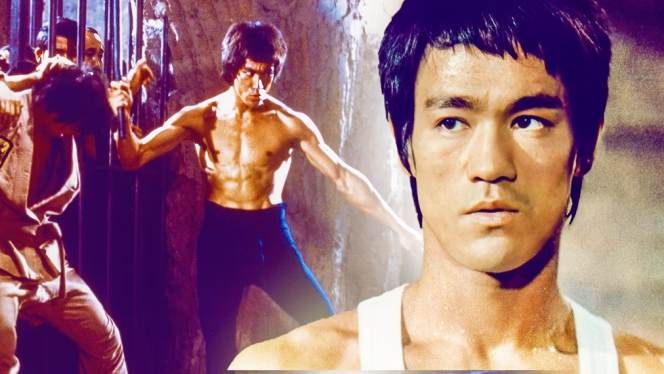
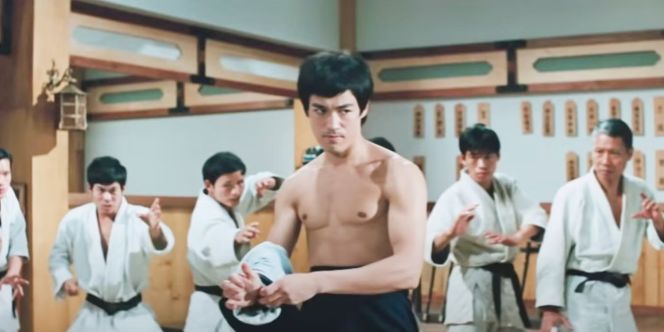
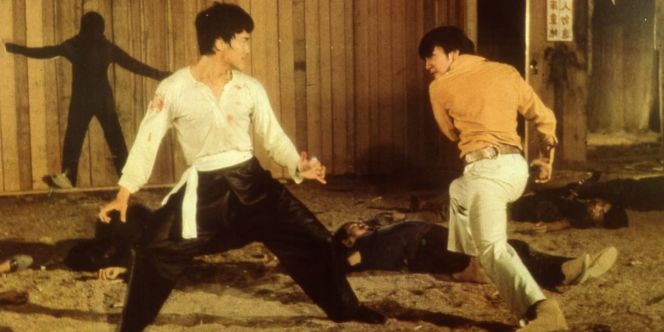
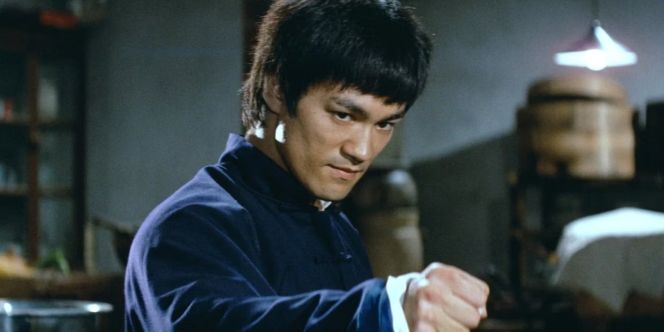
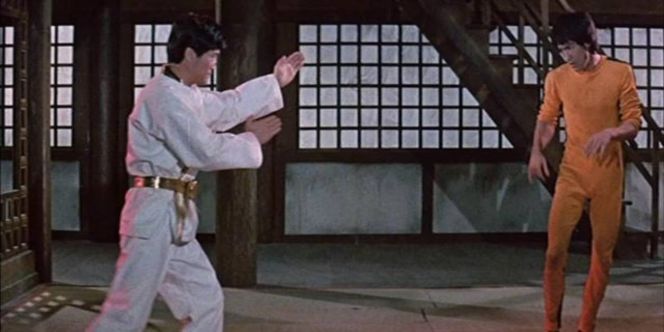
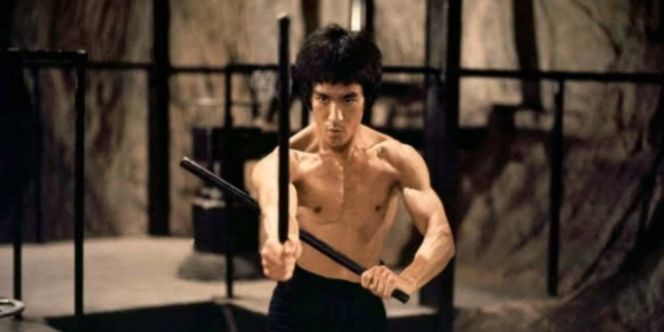
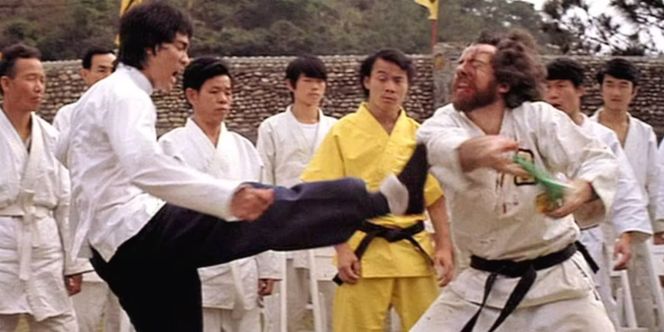
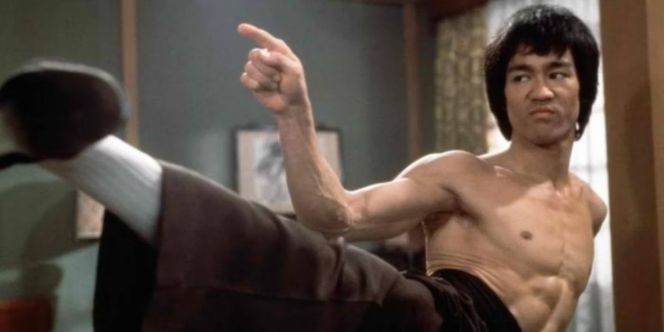
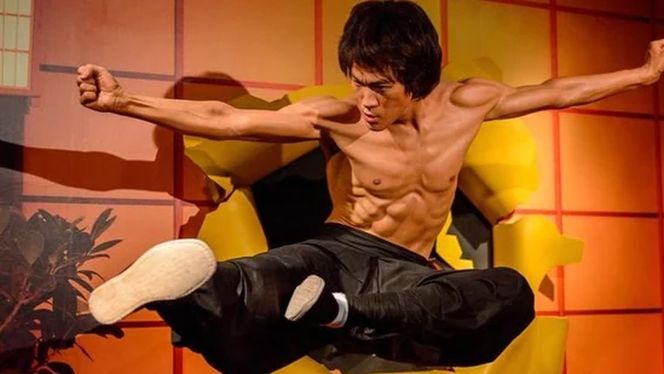
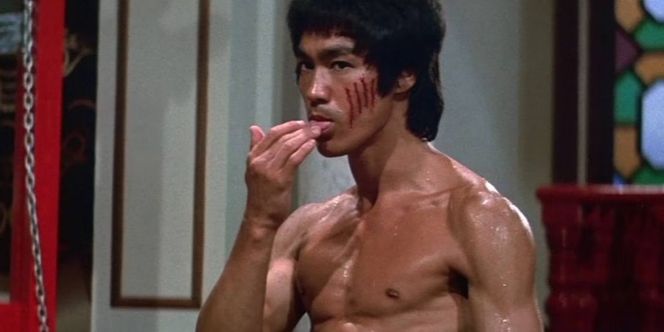




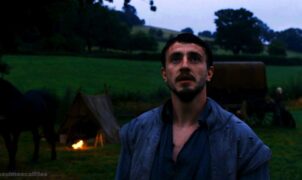








Leave a Reply